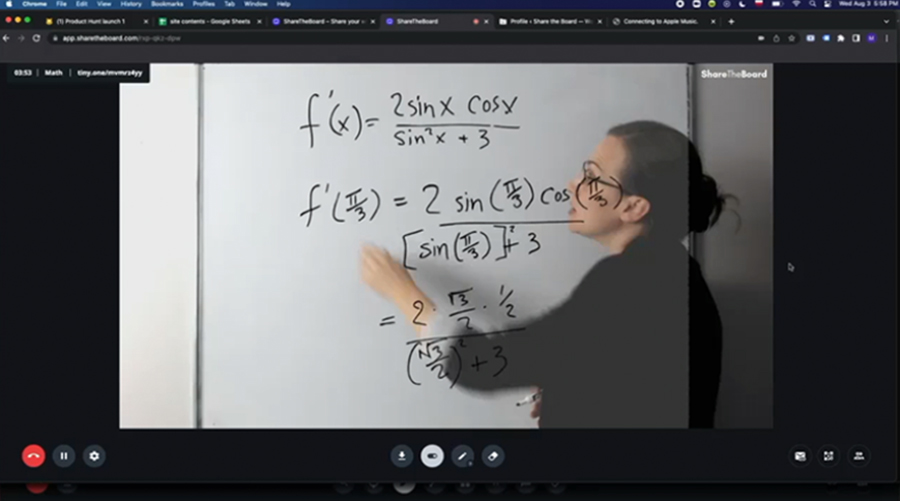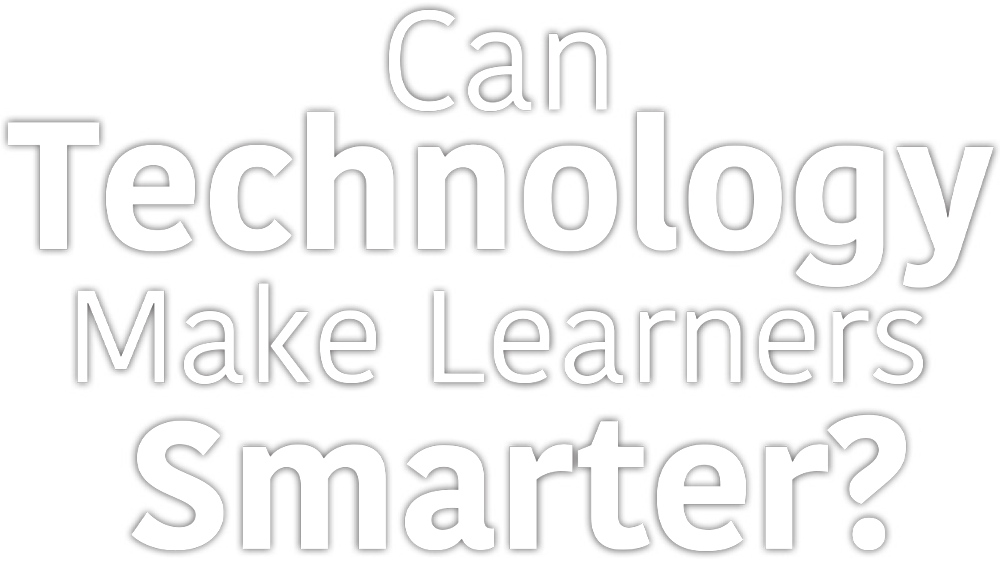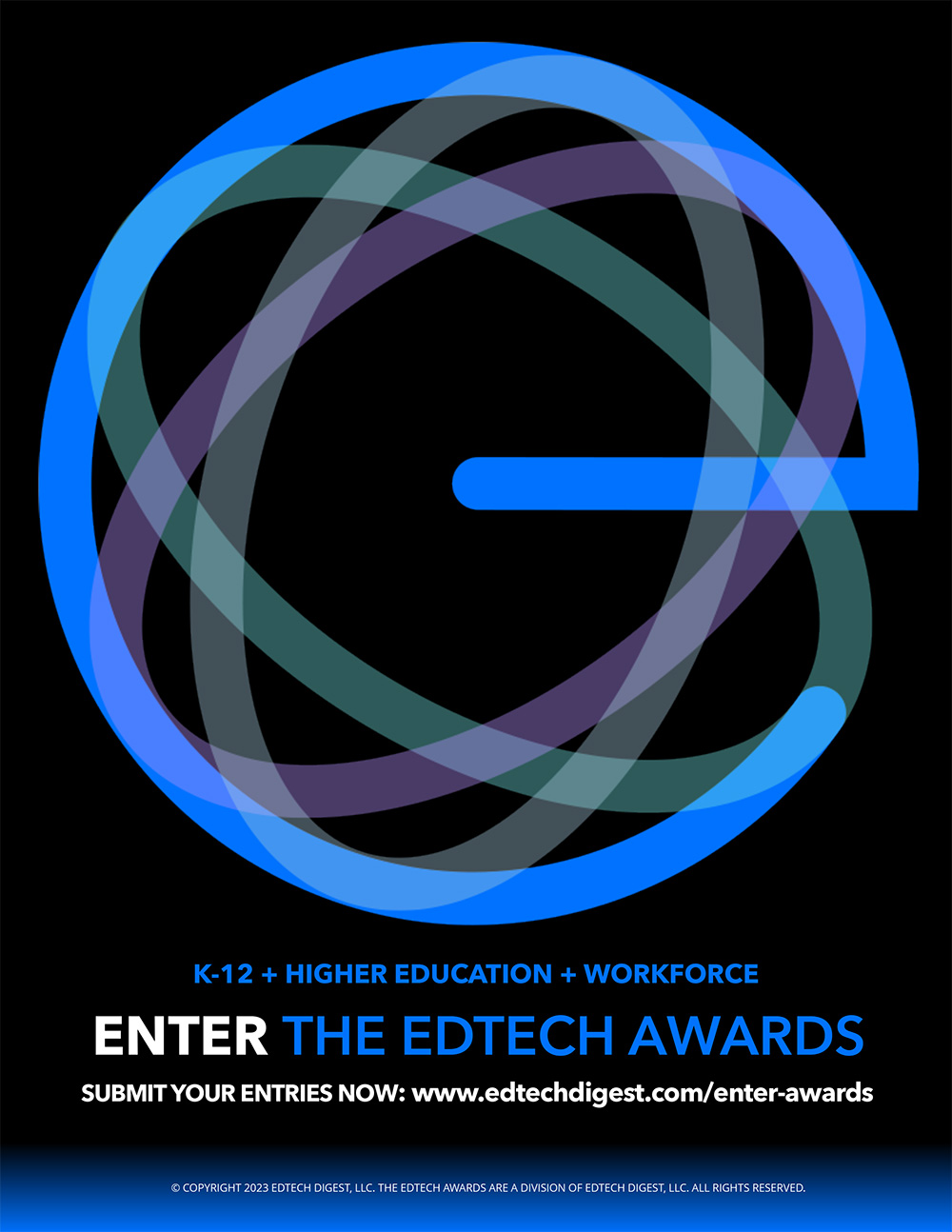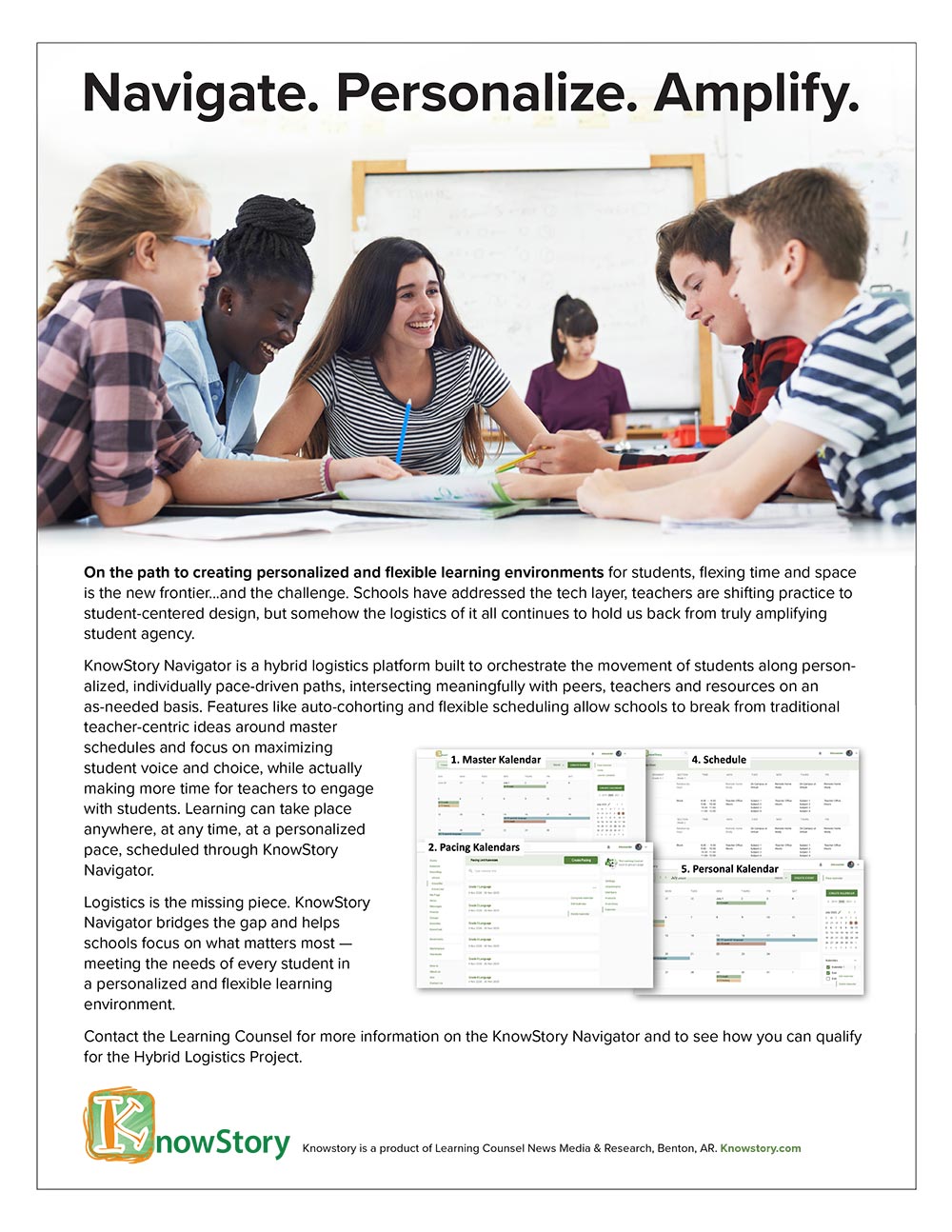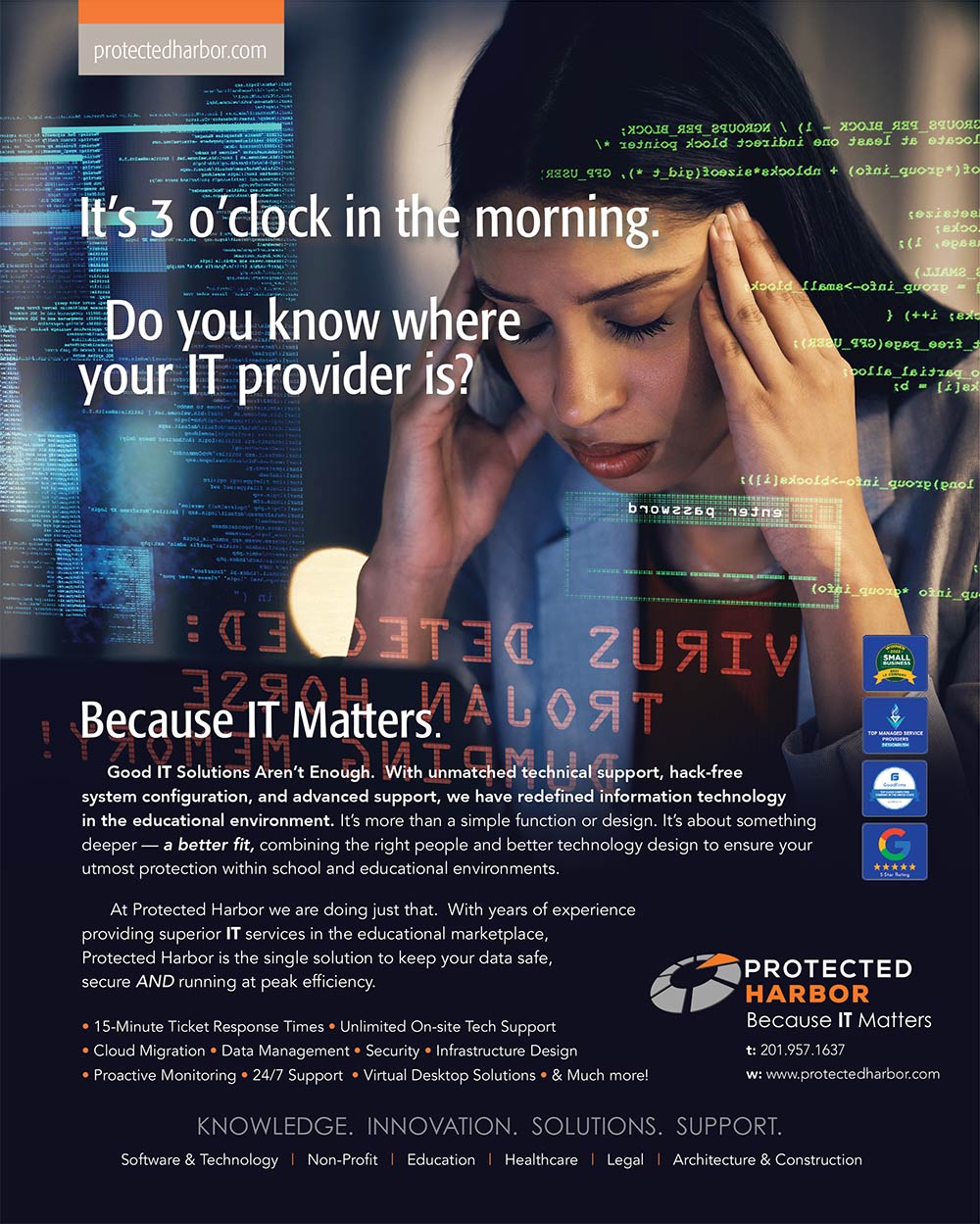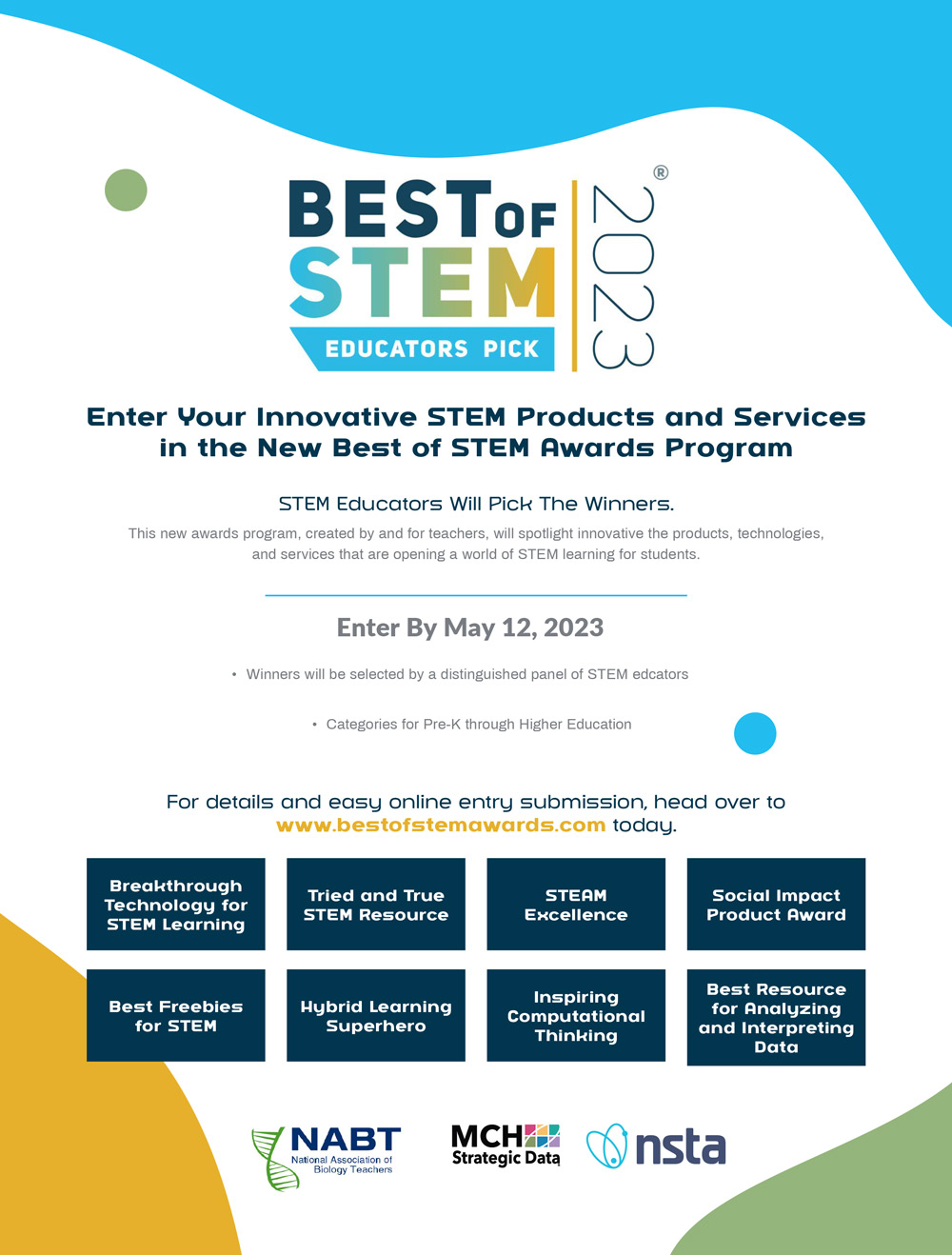(CONTENTS)
(ET) Magazine is dedicated to providing the information and context necessary to advance the efficacy of technology used in education. Our articles are carefully selected by our editorial advisory board and are written by the finest minds in the world of EdTech.
In EdTech, We are Having the Time of Our Lives
By Charles Sosnik
AI Tools in Education: Balancing Opportunities and Risks for Students
By Adam Geller
The Future of Education Technology
By Angelo Biasi
Can Technology Make Learners Smarter?
By Betsy Hill
Data: Is ‘Hands Off’ The Best Way to go for Districts?
By the (ET) Magazine Editorial Staff
By Dr. Todd Wirt
An English Teacher’s Reflections On Good Writing In An AI World
By Alli Minch
Designing Protection Against Ransomware and Cyber Attacks
By Richard Luna
Ensuring the Future of Technology: Replicating the Massachusetts Model of Vocational-Technical Education
By David Ferreira and Chris Sinacola
(ET) Magazine is published four times per year by Digital Education Media.
Editorial Board of Advisors
For comments, suggestions, permissions, or to submit an article, please email: editorbytrade@gmail.com

In EdTech, We are Having
the Time of Our Lives
It was the best of times, it was, well, even better than that. It was the time of our lives. Being in the EdTech biz, I think we can safely say that.
Balancing Opportunities and Risks for Students

AI Tools in Education:
Balancing Opportunities
and Risks for Students
(Conferencing) The Future of Education Technology
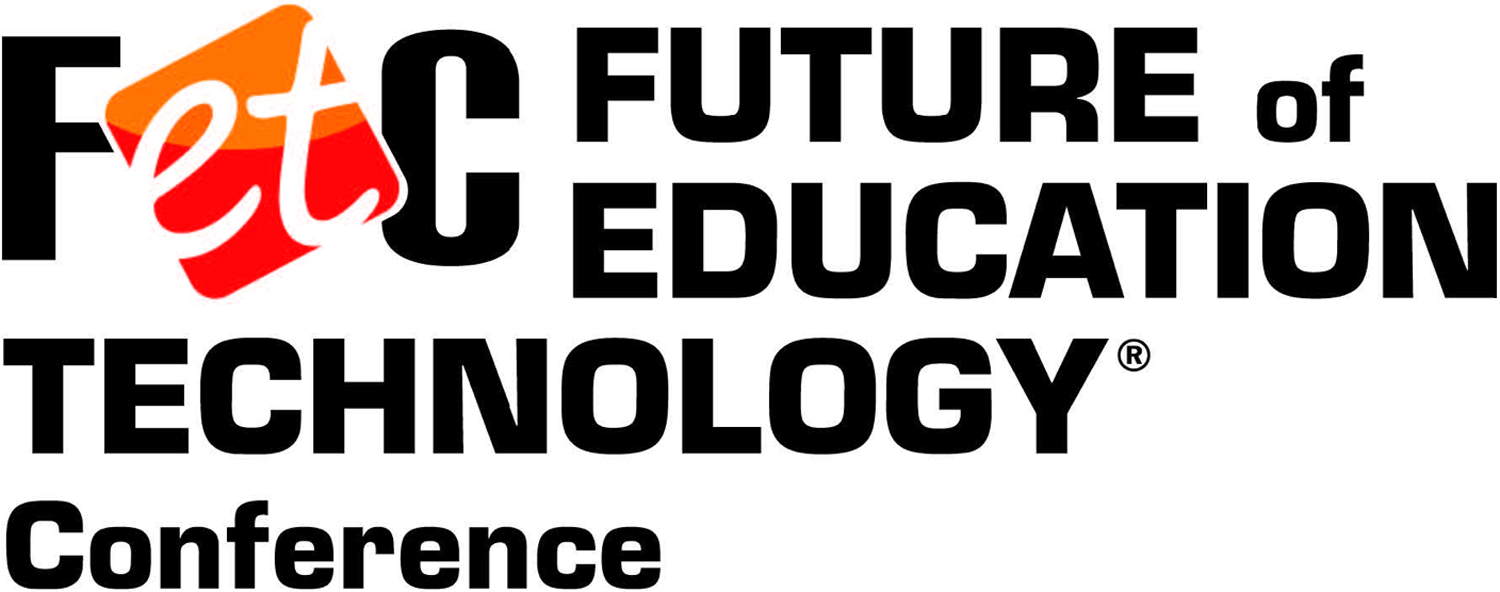
AI, VR, XR, SEL, AR, ML, and BCI were among some of the acronyms to fill the halls at the recent Future of Education Technology Conference, or FETC, that I recently attended in New Orleans, LA. Granted, given the powerful title of this event, I was desperately seeking the next big thing(s) that the market could not live without. Despite the disruption eruption and acceleration celebration of new technologies that lay claim to such, including whiz-bang, non-acronym-based innovations that simply solve problems by doing things better, faster, and/or less expensively in the Education Technology space, I walked away with more questions than answers.
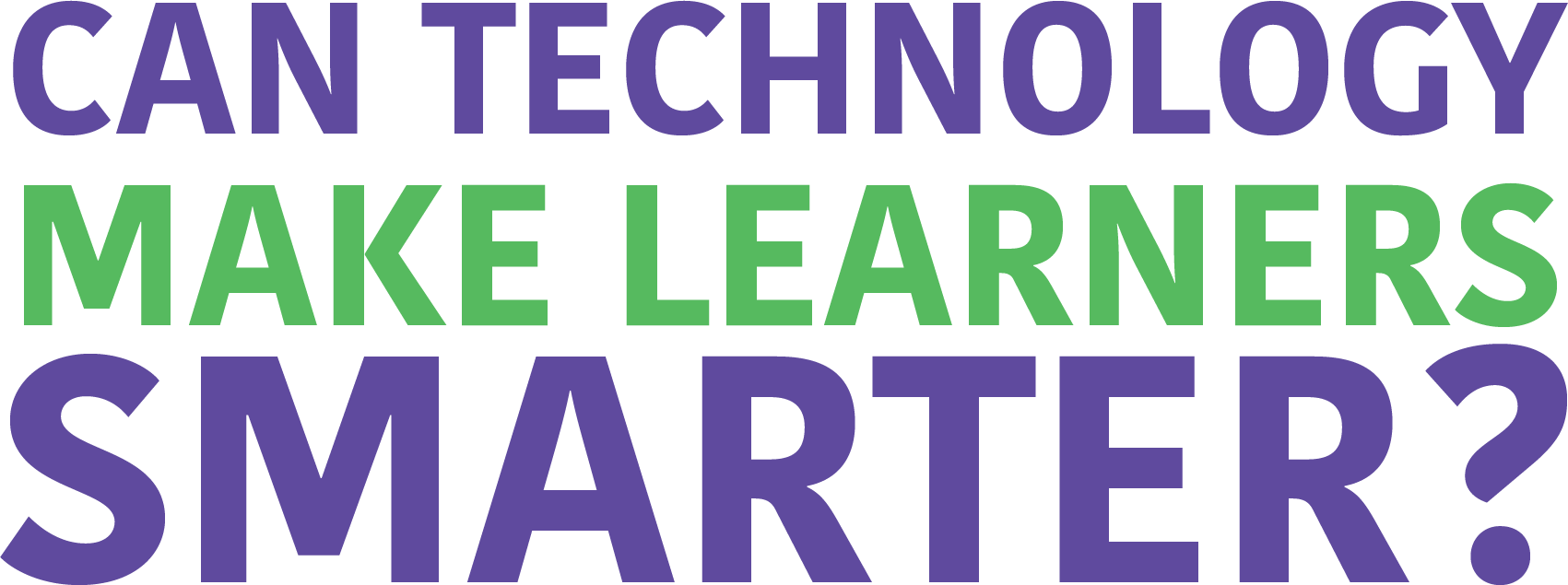
By Betsy Hill
DATA:
Is ‘Hands Off’ the best way to go for districts?

DATA:
Is ‘Hands Off’ the best way to go for districts?
This is something school districts have talked about for years. They have dreamed about it. They have danced around it. They have spent billions to warehouse it. They have pulled their hair our worrying about it. They have worked their teachers to tears, to exhaustion, and often to quitting to try to organize and control it. They have stockpiled untold quantities of it. They can’t live with it, and they certainly can’t live without it. They can’t get a moment’s piece because of it. And if there was a company that could simply handle it for them, then that company would be opening a new world for them.
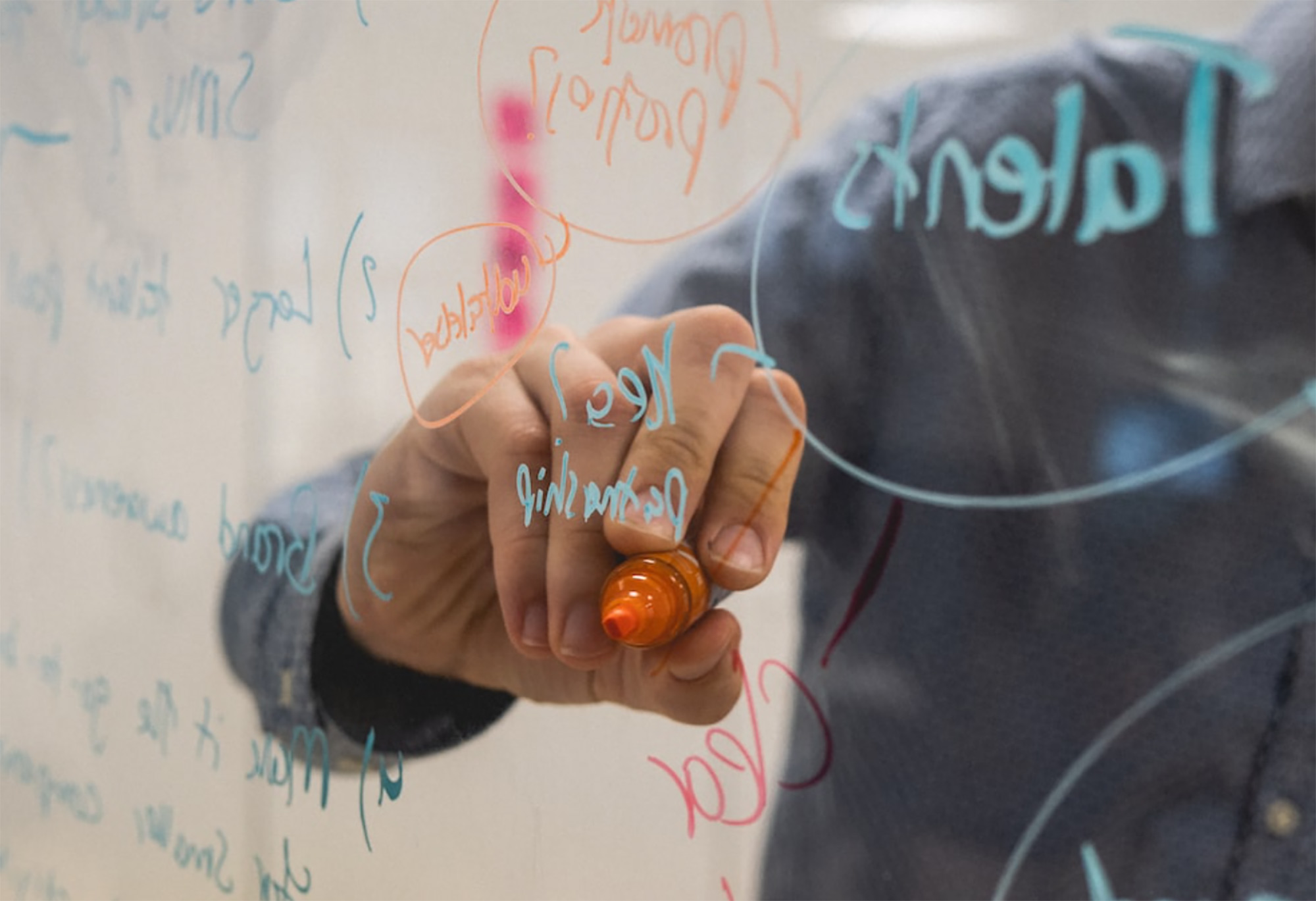
ESSER Funding:
An English Teacher’s Reflections On Good Writing In An AI World
By Alli Minch

Even with 28 years of classroom experience, I’m often surprised by the impact of technological innovations on my teaching. So, the articles about ChatGPT answering questions and generating college-level essays just blew my mind.
Designing Protection Against Ransomware and Cyber Attacks

As a person who has dedicated his life to technology, I can tell you with the utmost certainty that every school and educational environment can be modified to be protected from both cyber and ransomware attacks.
Ensuring the Future
of Technology:
Replicating the Massachusetts Model of Vocational-Technical Education
Redefining the professional standard in creative pen tablets
Wacom Intuos Pro offers you more natural creative control than ever before. Combined with the super-sensitive Wacom Pro Pen 2, this sleek new tablet looks and feels amazing. Prefer to start your projects on paper? The Paper Edition lets you automatically convert paper sketches into digital files, as you draw. Perfect for your next creative breakthrough.

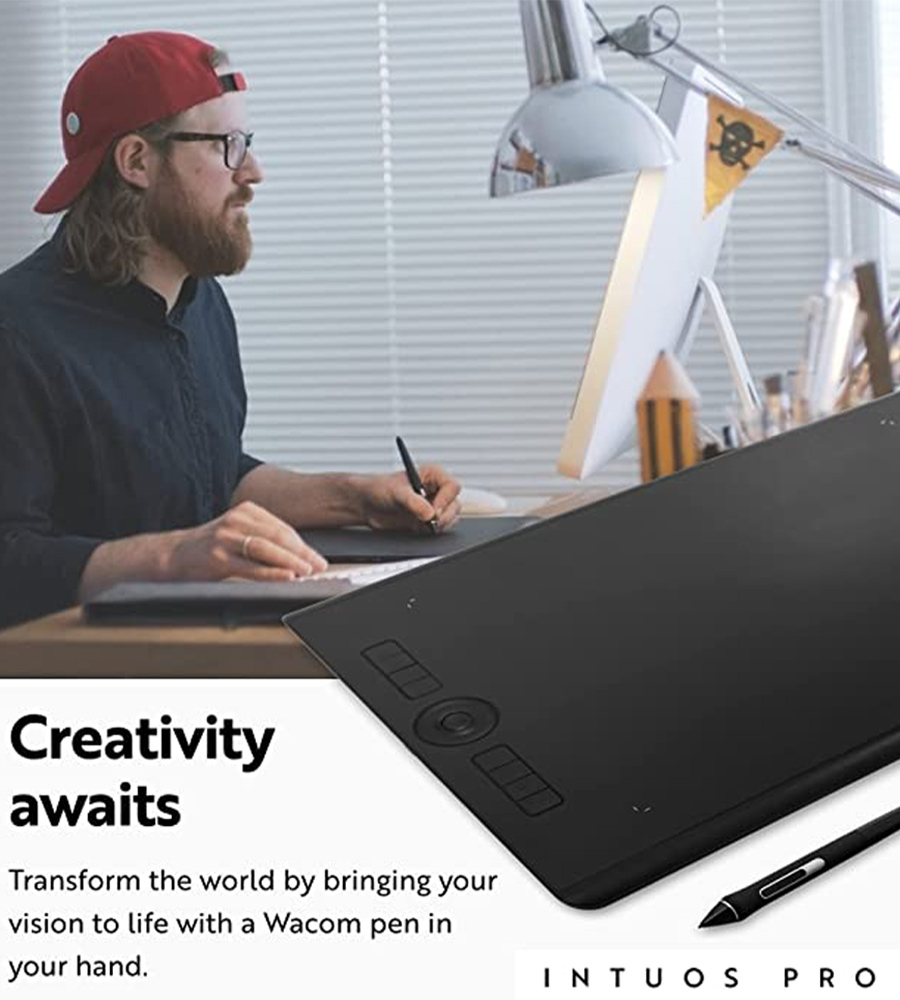
The AI Coach by Edthena is a first-of-its-kind solution that helps schools and districts provide all teachers with more coaching in order to improve teaching effectiveness. The AI Coach platform uses artificial intelligence to guide teachers through coaching cycles aligned to common growth areas. The AI Coach platform personalizes the coaching cycle for each teacher’s self-identified focus areas, complementing the efforts of school leaders and instructional coaches and enabling teachers to receive the benefits of coaching in-between their person-to-person coaching and mentoring conversations.

ShareTheBoard is whiteboard AI that enables educators to deliver a front-row experience to students – no matter where (or when) they’re learning from – by instantly turning any whiteboard into an interactive teaching device. ShareTheBoard puts educators – not digital tools – front and center. It gives them the comfort of using their historically preferred teaching tool when addressing remote students. In turn, students enjoy the familiarity of seeing their teachers in a natural context.
Viewers can activate Board View, to isolate the board itself and even add content of their own. Their content shows up right alongside the presenter’s, in real time.
